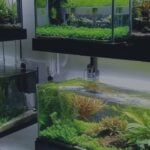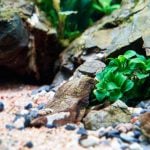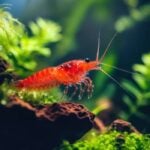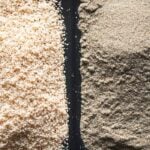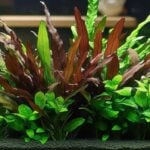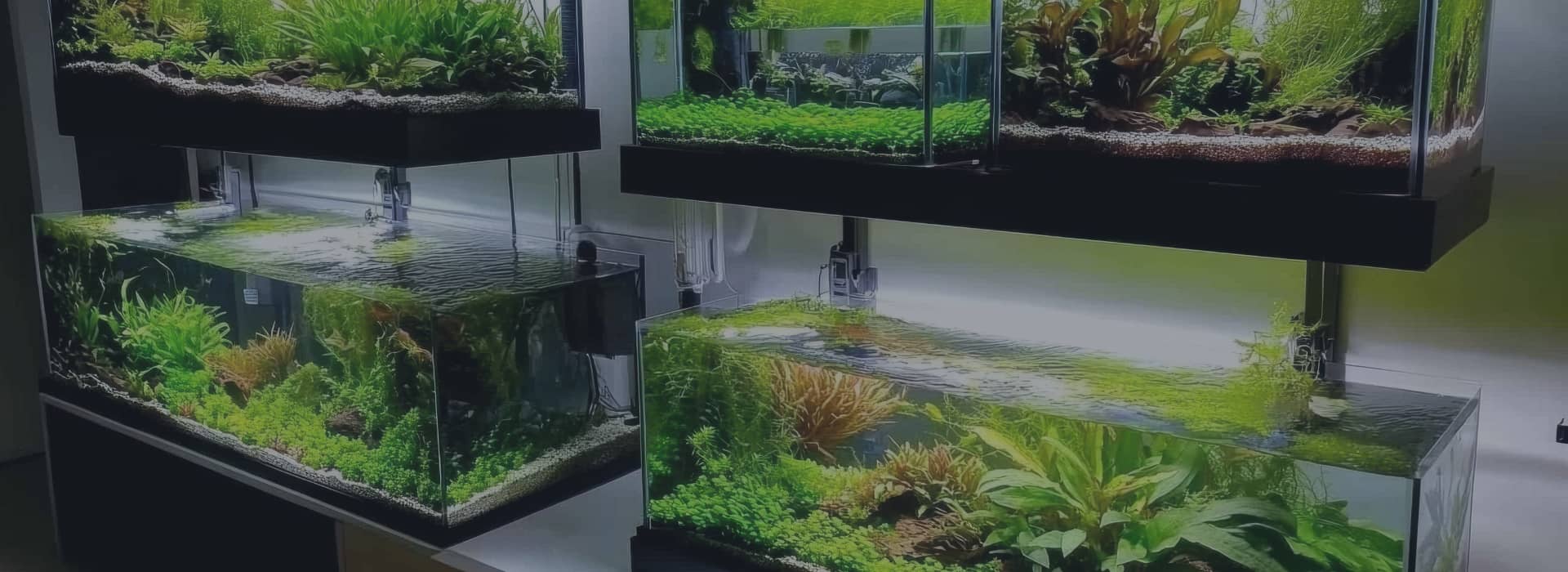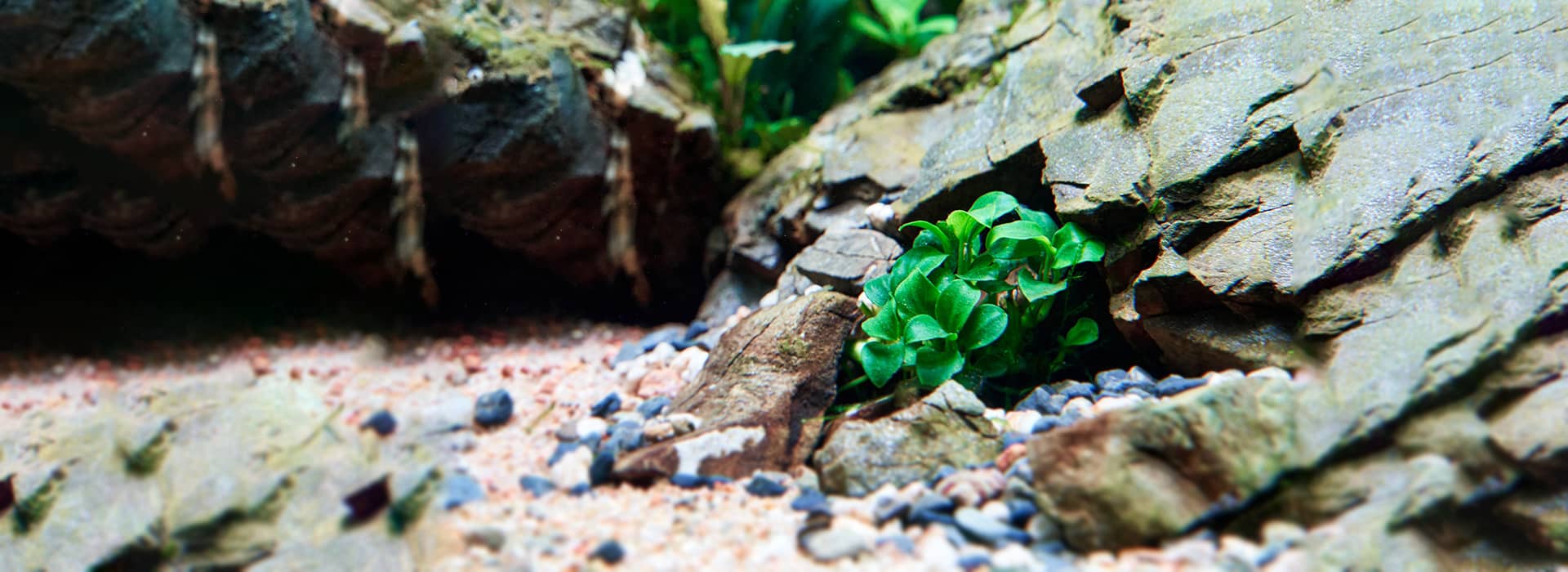Aquarium mosses are a beautiful and vital part of many aquascapes, providing a natural and serene environment for fish and other aquatic creatures. They are favoured for their low maintenance and the lush greenery they add to an aquarium. Here’s a guide on how to grow and maintain aquarium moss.
Choosing the Right Moss
There are several types of moss to choose from for your aquarium, such as Java Moss, Christmas Moss, and Flame Moss. Each type has a unique texture and growth pattern. When selecting your moss, consider the size of your aquarium, the type of fish you have, and the overall aesthetic you want to achieve.
Java Moss (Taxiphyllum barbieri)
Java Moss is a staple in the aquarium hobby due to its hardy nature and ease of care. Originating from Southeast Asia, this moss thrives in a wide range of conditions, making it ideal for beginners and experienced aquarists alike.
Appearance and Growth: Java Moss is bright green and forms dense, carpet-like clumps. Its stems are short, typically reaching up to 4 inches in height, and covered in tiny overlapping leaves. Unlike many plants, Java Moss does not have true roots; instead, it uses rhizoids to anchor itself to surfaces in the aquarium.
Care Requirements: This moss prefers temperatures between 60-80°F (15-27°C) and a pH range of 5.0-8.0. It exhibits a slow growth rate of about 1-1.5 inches per month, which can be beneficial for aquascapers who wish to maintain a particular design without constant trimming.
Christmas Moss (Vesicularia montagnei)
Christmas Moss is cherished for its unique appearance, which resembles the branches of a Christmas tree. It is native to tropical regions of Asia and is found in a variety of freshwater environments.
Appearance and Growth: The moss sports a feathery texture and grows in layers, creating a lush, fluffy look. It typically reaches heights of 1-4 inches and has a slow to medium growth rate. The branches of Christmas Moss have tiny sprouts that decrease in size towards the top, contributing to its triangular, tree-like shape.
Care Requirements: Christmas Moss flourishes in temperatures ranging from 65-77°F (18-25°C) and a pH of 5-7.5. While CO2 is not required, it can enhance growth and colouration. This moss is versatile and can be used as a foreground plant, attached to driftwood, or grown as a carpet.
Flame Moss (Taxiphyllum sp. ‘Flame’)
Flame Moss is a visually striking moss known for its unique growth pattern. It is found in South and Southeast Asia and is becoming increasingly popular among aquascapers for its vibrant appearance and growth habit.
Appearance and Growth: Flame Moss grows in an upward-twisting pattern, especially when attached to a rock or driftwood. This growth pattern gives the impression of a flame, hence its name. It can reach heights of 4 to 6 inches and has a moderate to slow growth rate. The moss is a deeper green compared to other varieties and can become quite bushy.
Care Requirements: Ideal conditions for Flame Moss include a temperature range of 68-83°F (20-28°C) and a pH of 6 to 7.5. It requires low to medium lighting and, similar to Christmas Moss, CO2 supplementation can boost its growth and vibrancy
Planting Your Moss
To plant your moss, you’ll need to anchor it to a surface. This can be done using fishing lines, cotton thread, or even special moss glue available in the market. Attach the moss to rocks, driftwood, or mesh to create a desired shape or design in your tank.
Optimal Water Conditions
Mosses are not particularly demanding, but they do thrive in specific water conditions. Aim for a pH level between 5.0 and 7.5 and a temperature range of 22 to 25 degrees Celsius. Ensure the water is soft to moderately hard, and keep the lighting moderate to encourage steady growth.
Lighting
Mosses do not require intense lighting; moderate lighting is sufficient for them to photosynthesise effectively. Too much light can encourage algae growth, which competes with the moss for nutrients.
Fertilisation
While mosses can generally get by without additional fertilisers, they will benefit from a regular supply of nutrients, especially if they are in a tank with high lighting and CO2 injection. Use a specialised aquarium plant fertiliser to provide the necessary micronutrients.
Maintenance Tips
- Trim the moss regularly to prevent overgrowth and to maintain the desired shape.
- Remove any brown or yellow parts to prevent decay from spreading.
- Avoid high levels of nitrate and phosphate in the water, as they can encourage algae growth on the moss.
Common Issues and Solutions
Sometimes, you may encounter issues such as algae growth or moss turning brown. Algae can be managed by reducing light and nutrients, while browning may indicate poor water quality or insufficient lighting. Adjust your tank conditions accordingly.
Ideal Fish Companions for Aquarium Mosses
Aquarium mosses not only add a touch of verdant splendour to your aquascape but also provide numerous benefits for the inhabitants of your tank. They offer shelter, breeding grounds, and a natural filtration system that helps maintain water quality. When pairing fish with aquarium mosses, choose species that will thrive in the same conditions and benefit from the unique environment that mosses create. Here are some fish species that are known to pair well with popular aquarium mosses.
Dwarf Shrimp (Caridina and Neocaridina spp.)
Dwarf shrimp are excellent companions for aquarium mosses. The intricate structure of mosses provides ample hiding spots for these small invertebrates, which is particularly beneficial for shrimplets that need protection from potential predators.
Live-bearing Tooth-carps (Poeciliidae)
Fish such as guppies and mollies enjoy the dense foliage of aquarium mosses. These livebearers often use mosses as a safe place for giving birth, and the fry can find refuge among the moss strands.
Hatchet Fish (Gasteropelecidae)
Hatchet fish are surface dwellers which appreciate the cover provided by floating moss or moss attached to the water’s surface. This setup mimics their natural habitat, where they often swim under overhanging vegetation.
Killifish (Cyprinodontiformes)
Many killifish species lay their eggs among aquatic plants, and mosses are no exception. The dense growth of mosses offers an ideal site for killifish to deposit their eggs, ensuring a higher survival rate for the fry.
Small Tetras (Characidae)
Tetras, especially smaller species, find the intricate network of mosses a perfect playground. It provides them with plenty of hiding spots and mirrors the densely planted environments they come from.
Betta Fish (Betta splendens)
Bettas are solitary fish that appreciate the territorial boundaries set by mosses. The plants also help to soften the water, which bettas prefer, and reduce stress by providing hiding spaces.
Goldfish (Carassius auratus)
While goldfish are known for their tendency to uproot plants, they generally do not disturb mosses. The mosses can help to absorb some of the waste produced by goldfish, contributing to a cleaner tank.
Rasboras (Rasborinae)
Rasboras are peaceful schooling fish that enjoy the gentle current that flows through mosses. They are also visually striking against the green backdrop provided by the moss.
Gouramis (Osphronemidae)
Gouramis, particularly the smaller species, appreciate the complexity that mosses add to the tank. They use the moss for shelter and as a foraging ground for microorganisms.
Frequently Asked Questions
How often should I trim my aquarium moss?
Trim your moss every few weeks to maintain its shape and prevent overgrowth.
What should I do if my moss starts turning brown?
Brown moss often indicates a problem with water quality. Test your water parameters and adjust as necessary.
Aquarium Moss: Excellent Addition to Any Aquascape
Aquarium mosses provide not only aesthetic appeal but also serve as a functional and beneficial component of the aquatic environment.
With proper care and maintenance, aquarium mosses can thrive and contribute to a thriving ecosystem within your tank.
By choosing the right type of moss, planting it correctly, and maintaining optimal water conditions, you can enjoy the beauty and benefits of aquarium moss while creating a natural and serene habitat for your aquatic companions.
